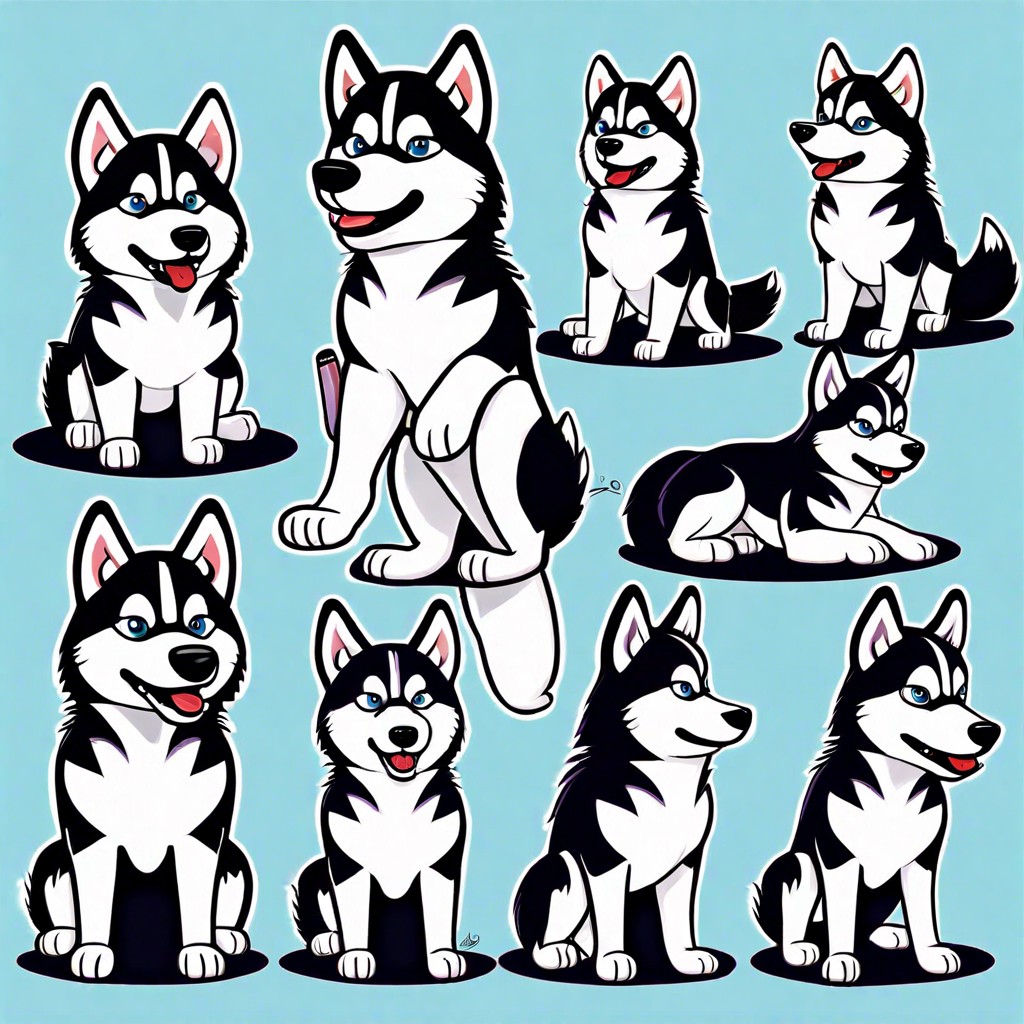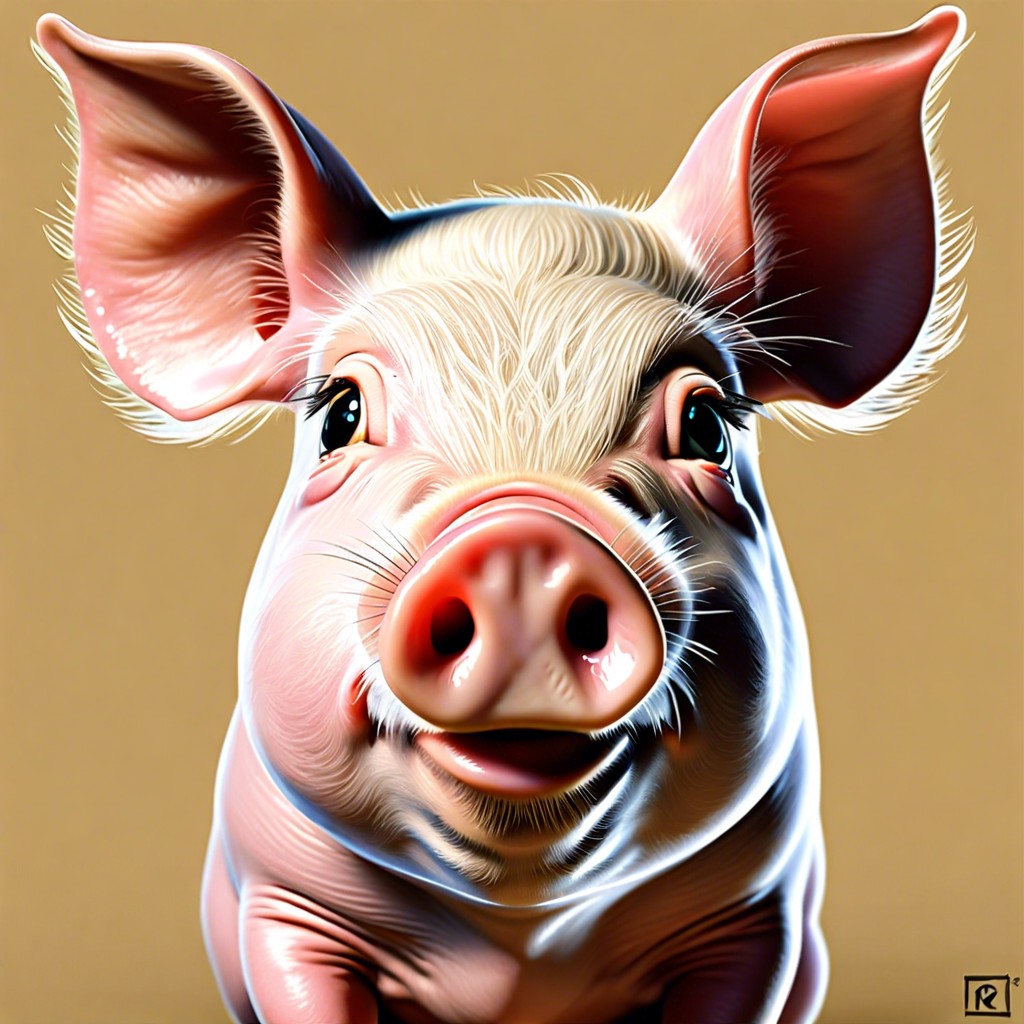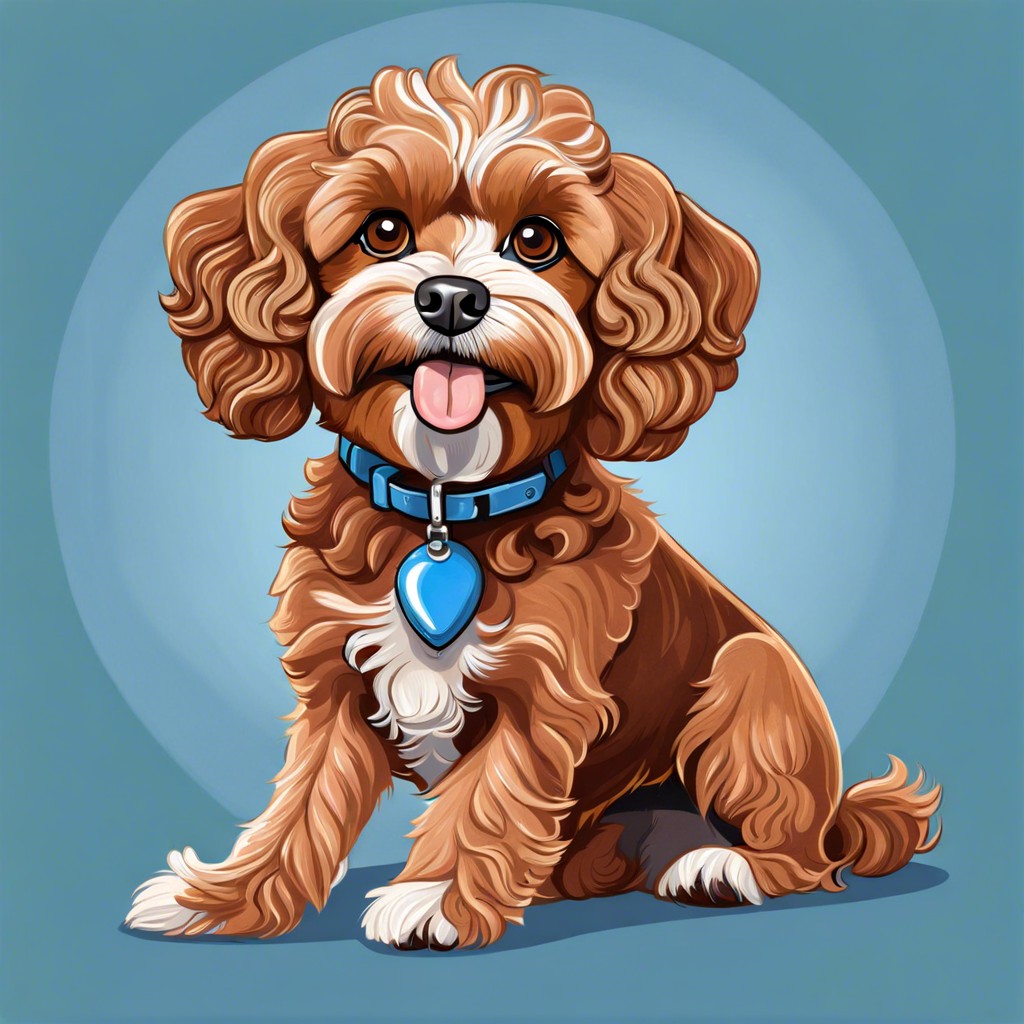Learn how big a bearded dragon can get and what factors influence their size.
Key takeaways:
- Bearded dragons start at 3-4 inches and reach 18-24 inches.
- Diet, genetics, environment, and health influence their size.
- Larger enclosures promote growth and activity.
- Provide basking spots, UVB lighting, and safe decorations in their tank.
- Use reptile carpet or tile for substrate, avoid sand.
Bearded Dragon Growth Chart
Picture a seesaw. On one side, you have your bearded dragon as a tiny hatchling, while the other side holds the promise of a full-grown dragon. From the moment they hatch, bearded dragons are typically around 3-4 inches long. Cute, huh? That’s about as long as your pinky finger. Fast forward a few months, and these scaly cuties enter toddler territory, stretching to 8-12 inches by the time they’re six months old. It’s as if they’re training for a miniature reptilian Olympics!
By the time they hit the one-year mark, they’ve usually bulked up to 16-22 inches. Think of them as the teenage heartthrobs of the reptile world, all sass and scales.
Fully grown bearded dragons can reach lengths of 18-24 inches, with some behemoth individuals tipping the scales—literally—at the upper end of this range. These dragony giants have truly made it to the pro-leagues of beardie growth. Time to start shopping in the big and tall section of the pet store.
Factors That Influence How Big a Bearded Dragon Can Get
Diet, genetics, environment, and overall health play a huge role in the size of a bearded dragon. A balanced diet rich in vitamins, proteins, and calcium ensures they grow strong and healthy. Remember, it’s not just about how much they eat, but the quality of what’s on their menu.
Genetics is the wild card. Some dragons win the genetic lottery and grow to their full potential, while others might not hit the same growth milestones.
Enclosure size can also stunt or boost growth. Imagine living in a closet versus a mansion; more space means more room to grow. A spacious, stress-free environment with plenty of climbing opportunities keeps them active and healthy.
Lastly, overall health, including regular vet check-ups, good hygiene, and a stress-free environment, ensures they thrive and reach their maximum size potential. Happy dragons are big dragons!
Setting Up the Ideal Tank for a Bearded Dragon
Bearded dragons aren’t just scaling your heart; they need the perfect home too. Think of their tank as their castle – made comfy with a few dragon-specific amenities.
First, size matters. Baby dragons can start in a 20-gallon tank, but adult dragons need a palace – at least 75 gallons. More space, more dragon joy.
Temperature is their spa day. Basking spots should be toasty, around 95-105°F, while the cooler side can chill at 75-85°F. Dragons like their options.
Lighting is like their morning coffee. They need UVB light for about 12 hours a day to keep their bones strong. No UVB, and your dragon might go a bit wibbly-wobbly.
Decor is not just for aesthetics. Add climbing rocks and branches – dragons love to play King of the Hill. But keep it safe, nothing too sharp.
Substrate could be a game-changer. Opt for reptile carpet or tile; avoid loose substrates like sand which can cause digestive issues. A sandy snack is not on their diet list.
Keep their habitat clean. Regularly remove waste and refresh water. A clean tank makes a happy dragon. And who doesn’t want their dragon happy?
In their well-set-up tank, your bearded dragon can stretch out, bask, climb, and live their best dragon life. Who knew being a dragon could be this posh?



